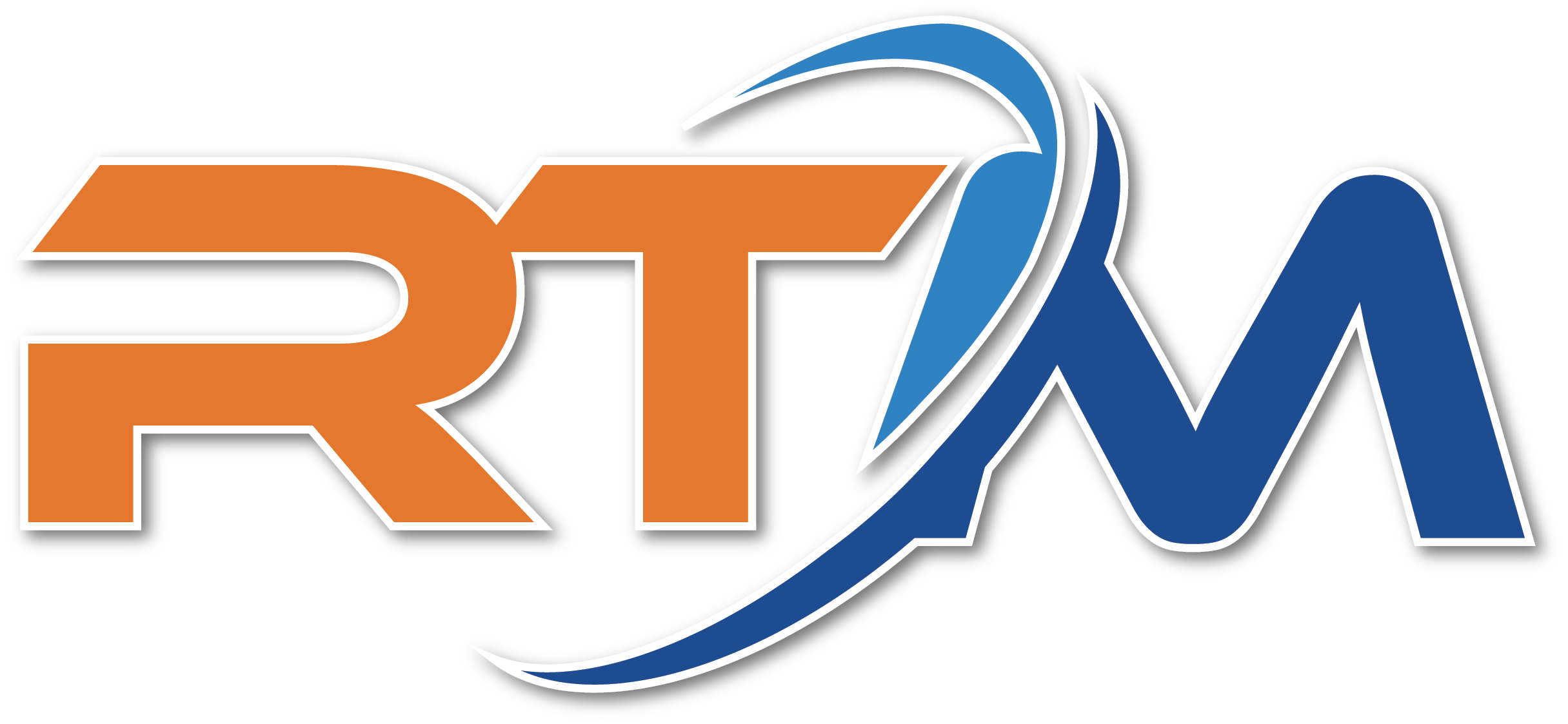Nous vous proposons ici de connaitre les principales règles pour une pratique en mer et en eau intérieure.
Navigation at sea
Sea kayaking, canoeing and stand-up paddling are governed in part by DIVISION 240 and 245.
- Division 240 covers safety rules applicable to pleasure boating
- Division 245 covers technical and construction requirements for vessels not subject to CE marking.
Kayaks, canoes or SUPs less than 3.50 m /11'5
Boats considered beach craft. You can navigate in the 300-meter coastal zone, outside the bathing zone. To find out more about the 300-meter coastal zone, click here.
Kayaks, canoes or SUPs with a length of 3.50 m/11'5 or more
Daytime navigation at a distance from a shelter not exceeding 2 miles is permitted for boats propelled mainly by human energy that are not beach craft, if, following a capsize, a device allows the user :
- Stay in contact with the float.
- Climb back onto the boat and set off again, alone or with the assistance of a companion.
- Sea kayaks are fitted with an integrated or integral device to support the pelvis and lower limbs.
- Basic safety equipment is required.
Daytime sailing at a distance of no more than 6 miles from a shelter is permitted for boats propelled mainly by human energy that are not beach craft, and stand-up paddle boats, subject to the following conditions:
- Possession of coastal safety equipment.
- At least two boats in the same group.
- Each group of two must have a VHF transceiver that meets the requirements of article 240-2,17, is watertight, does not sink when submerged, and is permanently accessible to the user.
- However, this type of sailing may be carried out by a single boat if the sailor is a member of an association registered for this type of sailing and carries a VHF transceiver complying with the previous paragraph.Note that SUPs longer than 3.50 m/11'5 may not be sailed beyond the 2-mile limit.
Required for navigation up to 2 and 6 miles download here.
You must register your kayak if :
- You are fishing beyond 2 miles of a coastal shelter.
- You fish from a kayak and have more than two wet rods, nets, longlines or traps.
You can register your boat with your local maritime affairs office, by providing the following documents:
- The certificate of conformity issued by the manufacturer. From October 1, 2015, RTM will provide the written declaration of conformity with the kayak as soon as it is put on the market. A simplified user manual will also accompany this attestation. (Since June 5, 2015, the date of the decree of the new division 245, the manufacturer no longer has to put a plate with the standards of the craft on the kayak and the CIN number. From now on, only the serial number on the kayak will do).
- Purchase invoice
- Identification
- Proof of address
This process is free of charge. You will then be issued with a credit card, which you should always carry with you when you go out on the water.
Only RTM can provide the certificate of conformity for your boat.
RTM boats considered to be beach craft and restricted to the 300 m zone: Mojito, Makao, Tango Evo, Optimo Evo, Riviera, Planche Visio, Taiki, Tarka, Tanargue, Tribal Pro, Canadia.
RTM boats capable of sailing up to 2 miles from a shelter without registration: Ocean Duo, Disco +, Mezzo standard, Abaco 3.60, Duetto, Mezzo Luxe.
and up to 6 miles from a registered shelter: Ocean Quatro, Trek 2, Tempo, Rytmo, Mid-Way, Rytmo, Disco +, Tiwo.
Freshwater navigation
RTM offers a range of 25 boats that let you discover the joys of boating on lakes, rivers and streams.
Access to these sites is governed by laws and prefectoral decrees.
Article L214-12 of the French Environment Code: “In the absence of an approved water development and management plan, non-motorized recreational watercraft can circulate freely on watercourses, in compliance with police laws and regulations and the rights of riparian owners”.
Large bodies of water and lakes may be subject to special regulations, with navigation conditions similar to those at sea. Consult the information available at harbor master's offices and on prefecture websites.
Check authorizations, dam release times, organized events and any restrictions.
Find out about the weather: thunderstorms and wind can be dangerous.
Consult a recent topographical guide to the river, and memorize landmarks and difficult sections. If possible, reconnoiter on foot.
Make sure your level and that of your team-mates is sufficient for the class of river and the length of the trip.
Don't leave without drinking enough (water, sugary drinks, etc.). Even in the water, you dehydrate very quickly!
Manage your physical stamina to avoid fatigue in the middle or at the end of the trip.
Consult the legal memento on canoeing and kayaking on rivers and lakes: Navigation sur les cours d'eau et plan d'eau. Produced by the FFCK, in collaboration with JED. (26 Mo .pdf)
Tips for freshwater practice: click here.
Navigation on rivers and lakes: click here.
Voie navigable de FRANCE : www.vnf.fr
Water trails

